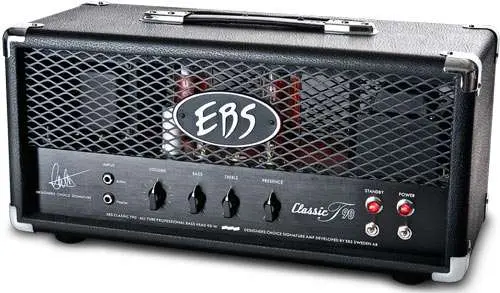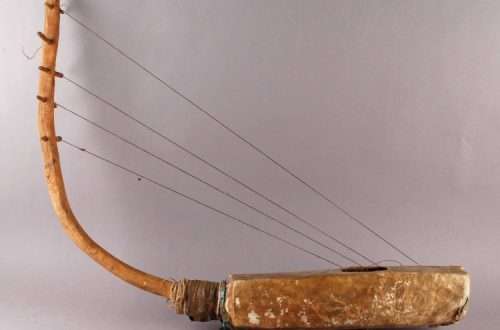
History of the Continuum
Continuum – an electronic musical instrument, in fact, is a multi-touch controller. It was developed by Lippold Haken, a German electronics professor who moved to live and work in the United States. The instrument consists of a keyboard, the working surface of which is made of synthetic rubber (neoprene) and measures 19 cm high and 72 cm long, in the full-size version the length can be extended up to 137 cm. The sound range is 7,8 octaves. The improvement of the tool does not stop today. L. Haken, together with composer Edmund Egan, come up with new sounds, thereby expanding the possibilities of the interface. It is truly a musical instrument of the 21st century.

How the continuum works
Sensors located above the working surface of the tool record the position of the fingers in two directions – horizontal and vertical. Move the fingers horizontally to adjust the pitch, and move them vertically to adjust the timbre. Pressing force changes the volume. The working surface is smooth. each group of keys is highlighted in a different color. You can play it in two hands and with different fingers, which allows you to play several musical compositions at the same time. Continuum operates in single voice mode and 16 voice polyphony.
How it all began
The history of electronic musical instruments began in the early 19th century with the invention of the musical telegraph. The instrument, the principle of which was taken from the conventional telegraph, was equipped with a two-octave keyboard, which made it possible to play various notes. Each note had its own combination of letters. It was also used for military purposes to encrypt messages.
Then came the telharmonium, which was already used exclusively for musical purposes. This apparatus, two stories high and weighing 200 tons, was not very popular among musicians. The sound was created using special DC generators that rotated at different speeds. It was reproduced by horn loudspeakers or transmitted over telephone lines.
Around the same period of time, the unique musical instrument choralcello appears. His sounds were like heavenly voices. It was much smaller than its predecessor, but nevertheless remained quite large in comparison with modern musical counterparts. The instrument had two keyboards. On the one hand, the sound was created using rotary dynamos and resembled an organ sound. On the other hand, thanks to electrical impulses, the piano mechanism was activated. In fact, the “heavenly voices” simultaneously combined the playing of two instruments, an electric organ and a piano. Choralcello was the first electronic musical instrument to be commercially available.
In 1920, thanks to the Soviet engineer Lev Theremin, theremin appeared, which is still used today. The sound in it is reproduced when the distance between the hands of the performer and the antennas of the instrument changes. The vertical antenna was responsible for the tone of the sound, and the horizontal one controlled the volume. The creator of the instrument himself did not stop at the theremin, but also invented the thereminharmony, the theremin cello, the theremin keyboard, and the terpsin.
In the 30s of the 19th century, another electronic instrument, the trautonium, was created. It was a box stuffed with lamps and wires. The sound in it was reproduced from tube generators equipped with a sensitive strip, which served as a resistor.
Many of these musical instruments were actively used in the musical accompaniment of movie scenes. For example, if it was necessary to convey a frightening effect, various cosmic sounds or the approach of something unidentified, a theremin was used. This instrument could replace an entire orchestra in some scenes, which significantly saved the budget.
We can say that all of the above musical instruments, to a greater or lesser extent, became the progenitors of the continuum. The instrument itself is still popular today. For example, it is used in their work by Dream Theater keyboardist Jordan Rudess or composer Alla Rakha Rahman. He is involved in filming films (“Indiana Jones and the Kingdom of the Crystal Skull”) and recording soundtracks for computer games (Diablo, World of Warcraft, StarCraft).





